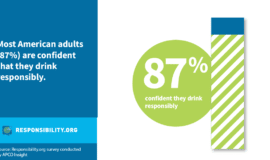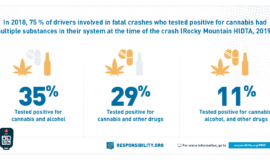Curbing High-Risk Impaired Drivers: DWI Courts Are Leading by Example
Impaired driving is a complex problem. Not only is it extremely dangerous, but impaired drivers involved in fatal crashes often have higher blood alcohol concentration and drive under the influence of more than once substance; they are also more likely to have prior impaired driving convictions and co-occurring mental health disorders and trauma. (NIDA) These are high-risk, high-need individuals who, without appropriate intervention, pose a serious threat to public safety. A complex problem such as this requires a strategic solution, the basis of which is robust, accurate screening and assessment followed by individualized treatment.
Screening and Assessment
Screening and assessment determine the risk level and treatment needs of each individual. Unfortunately, many assessment tools used by the justice system to screen DWI offenders screen for substance use disorders but not mental health disorders. Meanwhile, research shows that as many as 45% of repeat impaired drivers have a co-occurring mental health disorder. Without a complete picture, rehabilitation efforts may fail. To effect long-term change for high-risk impaired drivers, every individual who enters the legal system for a DWI offense should be screened and assessed for co-occurring disorders to ensure all of their behavioral health needs are identified and addressed.
Treatment Reform
Once identified, effectively treating substance use and mental health disorders requires clinical placement that meets the individual’s complex needs. Providers across the spectrum must move away from one-size-fits-all models of care toward a highly individualized approach, recognizing the need to match treatment settings, service, and intensity to each person. Because substance use disorder is on a spectrum, so too are the treatment interventions. In addition, substance use disorders are a chronic, relapsing condition similar to diabetes or hypertension; effective treatment requires long-term involvement with continued care, regular check-ups, and linkage to community resources. (NIDA) Further, access to the continuum of needed services must be timely, with as few barriers as possible for persons seeking treatment. Put simply, outcomes improve when an individual receives the right types of treatment for the right amount of time.
DWI Courts
DWI courts are one of the most effective interventions for high-risk impaired drivers because they screen and assess individuals for program eligibility and hold them accountable for past behavior while ensuring participants receive substance use and mental health treatment to prevent it from happening again. DWI courts bring together a diverse support team—including a judge, prosecution, defense, substance use treatment, mental health treatment, probation, law enforcement, and others—to protect public safety while prioritizing public health.
DWI court practitioners understand that providing long-term, individualized treatment is the surest method to changing behavior. The most effective DWI court programs follow evidence-based best practices and ongoing research while allowing flexibility to meet the individual needs of the high-risk impaired drivers they serve. (Carey, 2012) As a result, those programs reduce recidivism by as much as 60%. By taking a comprehensive approach and treating the whole person, DWI courts are setting an example that the rest of the justice system should follow.










